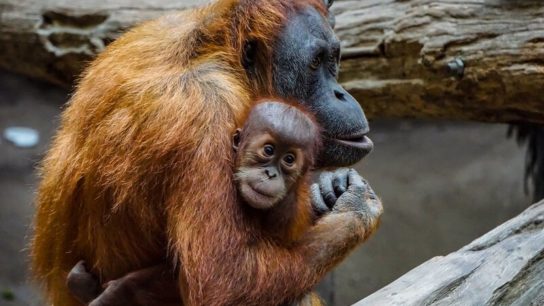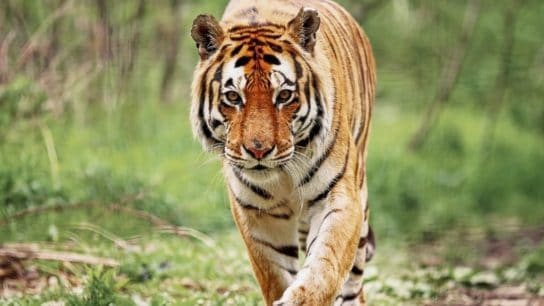December 14 is Monkey Day! In celebration, Earth.Org is republishing this piece from November 16, 2020. Scientists have discovered a new primate species in the jungles of Myanmar- but it’s already at risk of extinction. The Popa langur, named after its home on Mount Popa, is critically endangered with only about 260 individuals left.
—
The Popa langur is a type of monkey with a long tail, rings around its eyes and a tuft of fur on top of its head. According to the study, there are an estimated 200 to 260 individuals left, making them critically endangered.
Why Does This Matter?
- The researchers hope that assigning the vulnerability label to the primate will allow for even more concerted efforts in protecting the area and the “few other remaining populations.”
- According to the study, threats to langurs include agricultural encroachment, environmental degradation including hunting and deforestation and other disturbances like free cattle grazing.
Scientists had long suspected that there might be a new species in Myanmar, based on DNA extracted from the droppings of wild monkeys, but it was difficult to find evidence. In the study, researchers at Fauna and Floral International (FFI) and the German Primate Center (GMC) carried out field surveys of the langurs, whose scientific name is “Trachypithecus popa.” They also gathered samples and DNA of all other Trachypithecus species, cousins of the Popa langur. They combined the data from these surveys and samples, as well as data from specimens in museums in London, Leiden, New York and Singapore, which confirmed the existence of the new species. Genetic studies revealed that the Popa langur separated from other known species around one million years ago.
You might also like: Tristan da Cunha Island Creates Marine Protected Area Three Times the Size of the UK
These efforts revealed the new species, the Popa langur, which is found only in patches of forest in the centre of Myanmar. Most individuals live in a wildlife sanctuary park on the slopes of the pilgrimage site of Mount Popa, hence its name.
The study says that the Popa langurs were once widespread across central Myanmar but only a few groups survived. Now, the remaining individuals only live in four isolated populations, the largest being on Mount Popa, home to more than 100 langurs.
The study urged international agencies like the International Union for Conservation of Nature (IUCN) and the Convention on International Trade in Endangered Species (CITES) to add the Popa langur to their lists of threatened species. It says, “Improved protected area management, in particular improved law enforcement is essential to stabilise the two largest known populations. The forests in Bago Yoma are severely degraded and fragmented, but could still provide the largest, contiguous habitat if deforestation and forest degradation are reversed through improved forest protection and restoration.”
Featured image by: CNN

















